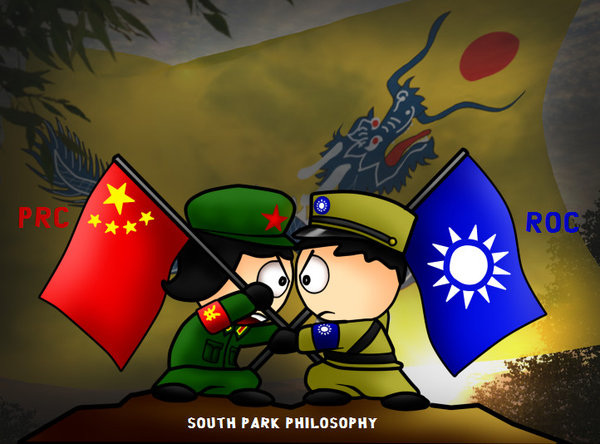Chinese Civil War
•Mao and the CCP liberated much of northern China from the Japanese by 1945
•Chiang was supported by the U.S.
•Didn't want communism to spread
•Civil War 1947-1949
•Chiang and the Nationalists lost and fled to the Island of Formosa (Taiwan)
•Becomes Nationalist China
•1 October 1949 Mao formed the People’s Republic of China
•The U.S. wanted to form a coalition between the two groups (George Marshall)
•Mao led a peasant army - People’s Liberation Army (PLA)
•Japanese killed more Chinese civilians than the Germans killed in the Holocaust
•Civil War 1947-1949
•Chiang and the Nationalists lost and fled to the Island of Formosa (Taiwan)
•Becomes Nationalist China
•1 October 1949 Mao formed the People’s Republic of China
•Chiang was supported by the U.S.
•Didn't want communism to spread
•Civil War 1947-1949
•Chiang and the Nationalists lost and fled to the Island of Formosa (Taiwan)
•Becomes Nationalist China
•1 October 1949 Mao formed the People’s Republic of China
•The U.S. wanted to form a coalition between the two groups (George Marshall)
•Mao led a peasant army - People’s Liberation Army (PLA)
•Japanese killed more Chinese civilians than the Germans killed in the Holocaust
•Civil War 1947-1949
•Chiang and the Nationalists lost and fled to the Island of Formosa (Taiwan)
•Becomes Nationalist China
•1 October 1949 Mao formed the People’s Republic of China
Question:
How else could the chinese have handled the demonstrations besides opening fire on them?
Summary:
To this day many chinese people don't know the truth behind what happened due to propaganda blockages. The PLA killed many innocent people.


